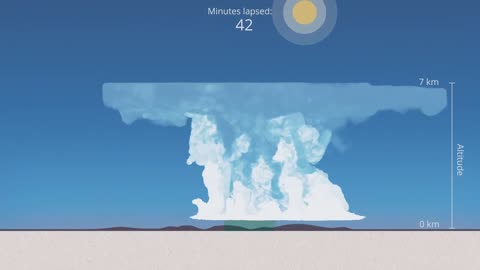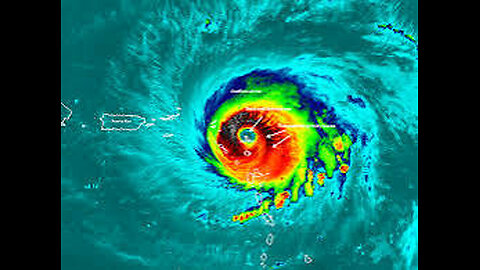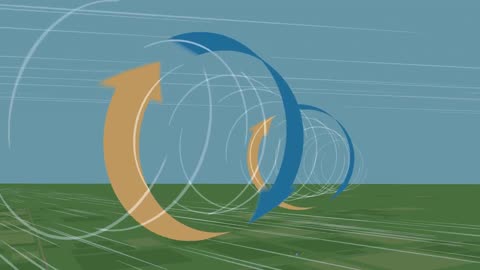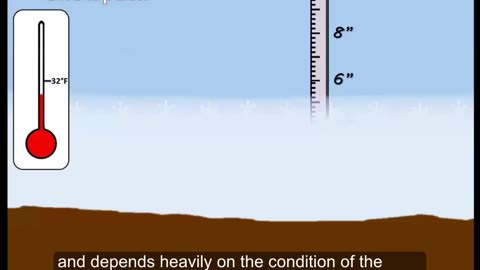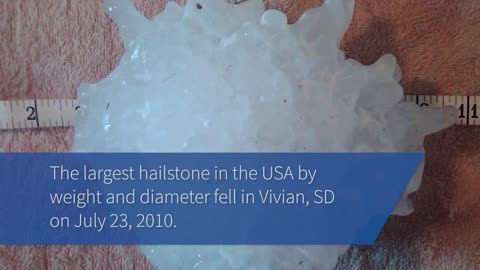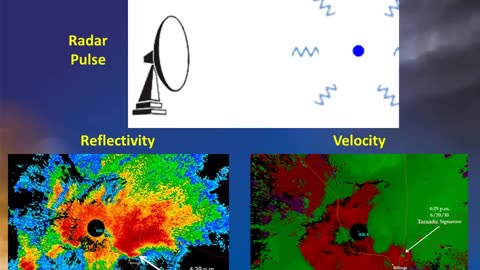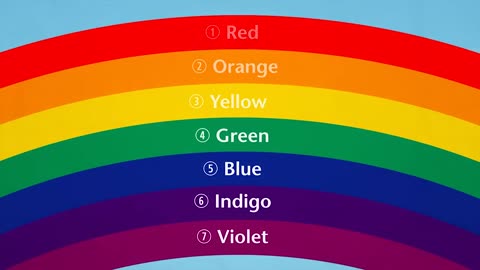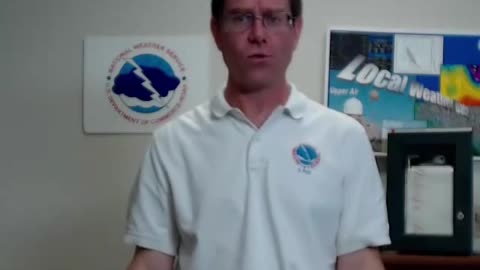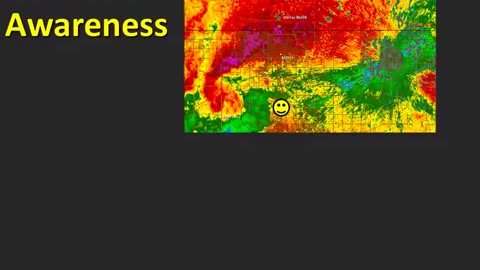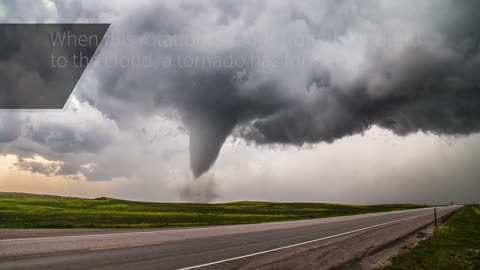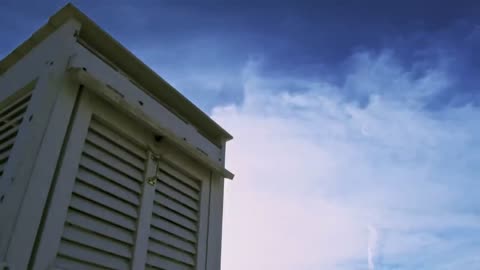Premium Only Content

Simulation of an isolated Thunderstorm - Cumulonimbus
RHow Do Hurricanes Form? Meteorology - Weather Basics
What Causes a Tornado? - Meteorological Basics
NOAA: 'The Hurricane Hunters'
What is the Enhanced Fujita Tornado Scale - Weather Basics - Meteorology
What is a Blizzard? Weather Basics - Meteorology
The Science of Hail - Meteorology - Weather Basics
Doppler Weather Radar Basics - Weather Basics - Meteorology
How Do Rainbows Form? - Weather Basics
Thunderstorm Types - Meteorology - Weather
How Does Rain Form? What is the Water Cycle?
Hurricanes - Weather Basics - Meteorology 101
The Science Behind Lightning - Meteorology
How does snow form? - Meteorology
Storm Spotting: Storm Motion and Positioning- Meteorology
The Science Behind Tornadoes - Meteorology
A Tutorial on Cloud Types - Weather 101 - Meteorology
How does snow form? - Meteorology
We all associate snow with wintry and stormy conditions. But how does it form? In this video Charlie explains how snow forms and how it is different from hail and sleet
Snow comprises individual ice crystals that grow while suspended in the atmosphere—usually within clouds—and then fall, accumulating on the ground where they undergo further changes.[2] It consists of frozen crystalline water throughout its life cycle, starting when, under suitable conditions, the ice crystals form in the atmosphere, increase to millimeter size, precipitate and accumulate on surfaces, then metamorphose in place, and ultimately melt, slide or sublimate away.
Snowstorms organize and develop by feeding on sources of atmospheric moisture and cold air. Snowflakes nucleate around particles in the atmosphere by attracting supercooled water droplets, which freeze in hexagonal-shaped crystals. Snowflakes take on a variety of shapes, basic among these are platelets, needles, columns and rime. As snow accumulates into a snowpack, it may blow into drifts. Over time, accumulated snow metamorphoses, by sintering, sublimation and freeze-thaw. Where the climate is cold enough for year-to-year accumulation, a glacier may form. Otherwise, snow typically melts seasonally, causing runoff into streams and rivers and recharging groundwater.
More Meteorology Videos
https://rumble.com/playlists/JfAj918PQuc
-
 35:05
35:05
Stephen Gardner
3 hours ago🔥Obama will be FORCED to Testify in Trump trial?
3.95K9 -
 UPCOMING
UPCOMING
Tundra Tactical
49 minutes agoTundra Tactical Political Memes Review!
9 -
 LIVE
LIVE
Kimberly Guilfoyle
4 hours ago"Burns Bags" at FBI, What's Next? Interview with Former Agent John Nantz | Ep242
741 watching -
 6:00
6:00
SKAP ATTACK
9 hours ago $0.04 earnedSkinny Luka is Terrifying
67 -
 18:33
18:33
World2Briggs
5 hours ago $0.05 earnedWhy Did Mississippi Go From Rich To Poor?
986 -
 11:21
11:21
Anthony Rogers
4 hours agoKILLSWITCH ENGAGE interview
51 -
 4:31:00
4:31:00
RalliedLIVE
1 day ago $5.95 earnedBattlefield 6 REVEAL w/ Ral
51.7K5 -
 2:11:14
2:11:14
Redacted News
4 hours agoArrest Hillary Clinton!?! Here we go! | Redacted News Live
163K72 -
 1:18:29
1:18:29
Sarah Westall
3 hours ago“This Conversation Would Land Me in Prison in Ireland” - Its the Global Plan w/ Captain Kieran Kelly
31.5K5 -
 44:45
44:45
The White House
4 hours agoPresident Trump Signs an Executive Order, July 31, 2025
33.9K37
